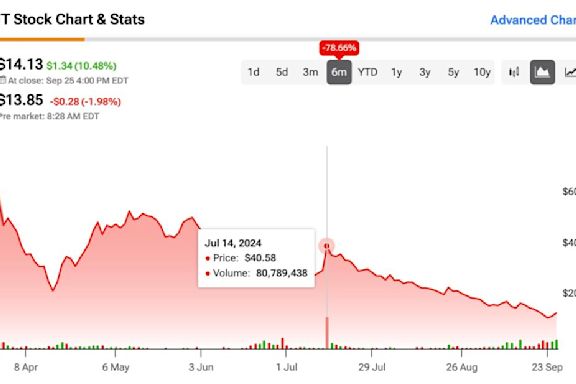Search results
In chemistry, a group (also known as a family) [1] is a column of elements in the periodic table of the chemical elements. There are 18 numbered groups in the periodic table; the 14 f-block columns, between groups 2 and 3, are not numbered.
Functional groups are structural units within organic compounds that are defined by specific bonding arrangements between specific atoms. For example the structure of capsaicin, found in chili peppers, incorporates several functional groups, labeled in the figure below and explained throughout this section.
Group, in chemistry, a column in the periodic table of the chemical elements. In a group, the chemical elements have atoms with identical valence electron counts and identical valence vacancy counts. Groups are numbered from 1 to 18. Learn more about groups in this article.
In organic chemistry, a functional group is a substituent or moiety in a molecule that causes the molecule's characteristic chemical reactions. The same functional group will undergo the same or similar chemical reactions regardless of the rest of the molecule's composition.
Jun 23, 2021 · Groups and periods organize elements on the periodic table of the elements. A group is a vertical column down the periodic table, while a period is a horizontal row across the table. Both groups and periods reflect the organization of electrons in atoms.
A functional group is a group of atoms within a molecule that has a characteristic chemical behavior. Chemically, a given functional group behaves in nearly the same way in every molecule it’s a part of.
functional group, any of numerous combinations of atoms that form parts of chemical molecules, that undergo characteristic reactions themselves, and that in many cases influence the reactivity of the remainder of each molecule.






